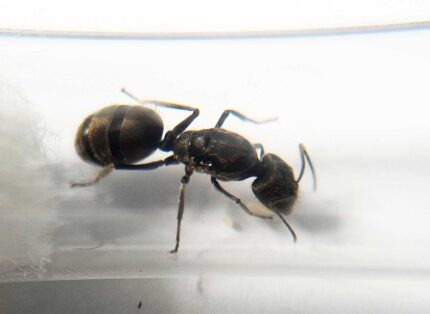
Camponotus auriventris
209,90 zł – 349,90 złPrice range: 209,90 zł through 349,90 zł
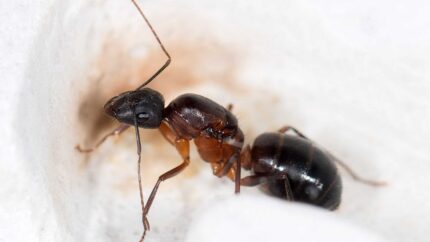
Camponotus barbaricus
89,90 zł – 229,90 złPrice range: 89,90 zł through 229,90 zł
Camponotus baldaccii
289,90 zł – 479,90 złPrice range: 289,90 zł through 479,90 zł
SKU:
AOTA37
Category: Ants
Tags: ant, ant colony, ant on top, antontop, ants, book, camponotus, Camponotus baldaccii, Queen of ants
Worldwide shipping
Free delivery over 999 PLN
The highest quality of goods
Live delivery guarantee
24/7 Personal Support
Fair Prices
Description
Camponotus baldaccii is a monogynous ant species with colony sizes of up to 5,000 workers. They have a medium development rate and the queen measures 14-17mm, workers 6-11mm, and majors 11-13mm. They are brown-orange in color and their nutrition consists of food insects, syrup, fruits, vegetables, jelly, and cooked chicken.
Additional information
| Behavior | |
|---|---|
| Difficulty in breeding | |
| Origin | |
| The size of ants | |
| Wintering |
Description
Camponotus baldaccii
Colony Details
- Colony Type: Monogyny
- Colony Size: Up to about 5000 workers
- Development Rate: medium
Size
- Queen: 14-17 mm
- Workers: 11-13 mm
- Majors: 6-11 mm
Color: Camponotus baldaccii ants have a distinct brown-orange coloration, which makes them easily recognizable and appealing as pets.
Nutrition
- Food insects (such as cockroaches and crickets)
- Syrup (a mixture of water and honey, with a ratio of 4:1)
- Fruits and vegetables
- Jelly
- Cooked chicken without salt
- Honey
Temperature and Humidity
- Humidity: Arena: 30-50%, Nest: 40-60%
- Temperature: Arena: 24-30 °C, Nest: 22-26 °C
Creating the perfect environment with the right humidity and temperature will contribute to the overall well-being and productivity of the colony.
Recommended Nests for Breeding
- Acrylic nests: These nests are transparent and provide a clear view of the ants’ activities. They are easy to clean and maintain, making them a popular choice among ant enthusiasts.
- Cork nests: Made from natural cork, these nests offer a more naturalistic environment for the ants. They provide good insulation and humidity retention.
- Plaster nests: Durable and with excellent humidity retention properties, plaster nests can be customized and decorated to mimic the natural habitat of Camponotus baldaccii ants.
- Aerated concrete nests: Made from light, porous materials, these nests provide good insulation and humidity control. They are often preferred for their durability and ease of maintenance.
Reviews
Rated 0 out of 5
0 reviews
Rated 5 out of 5
0
Rated 4 out of 5
0
Rated 3 out of 5
0
Rated 2 out of 5
0
Rated 1 out of 5
0
Be the first to review “Camponotus baldaccii” Cancel reply
Related products
Amora Formicarium
Aphaenogaster dulcineae
59,90 zł – 149,90 złPrice range: 59,90 zł through 149,90 zł
Select options
This product has multiple variants. The options may be chosen on the product page
Aphaenogaster feae
109,90 zł – 229,90 złPrice range: 109,90 zł through 229,90 zł
Select options
This product has multiple variants. The options may be chosen on the product page
Aphaenogaster schurri
119,90 zł – 249,90 złPrice range: 119,90 zł through 249,90 zł
Select options
This product has multiple variants. The options may be chosen on the product page


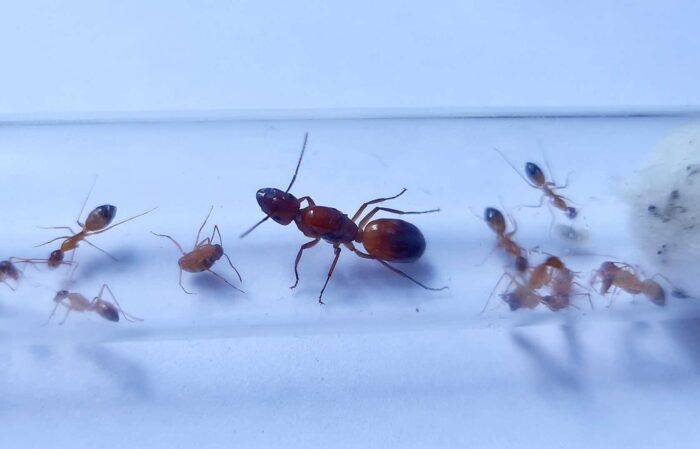
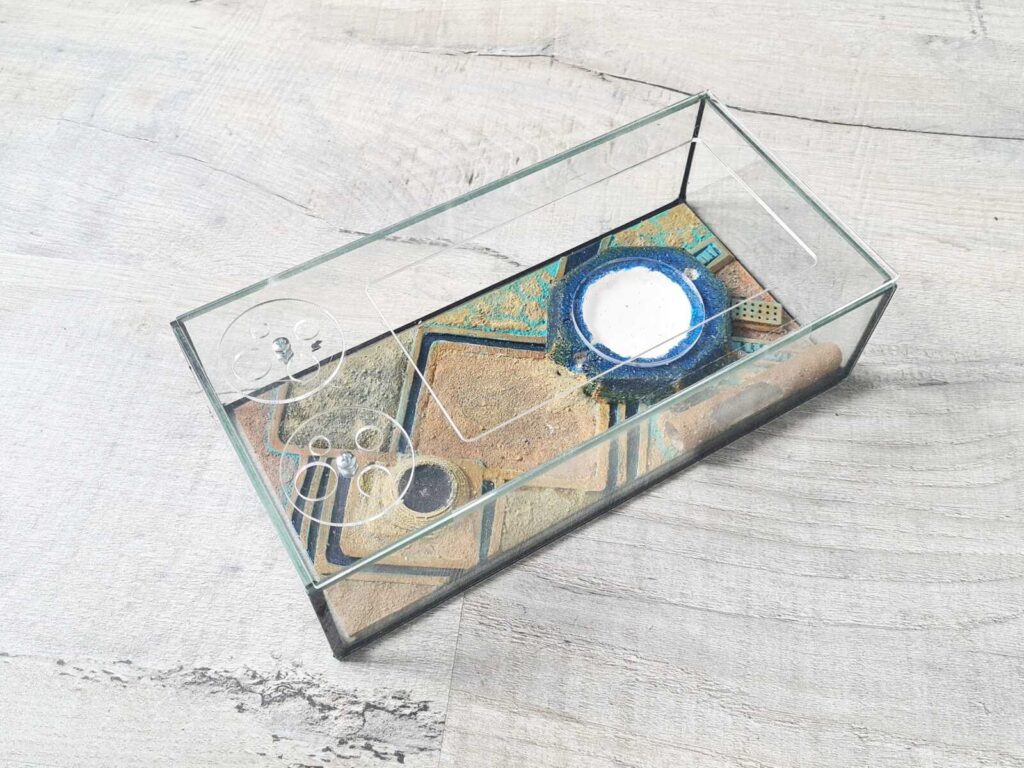
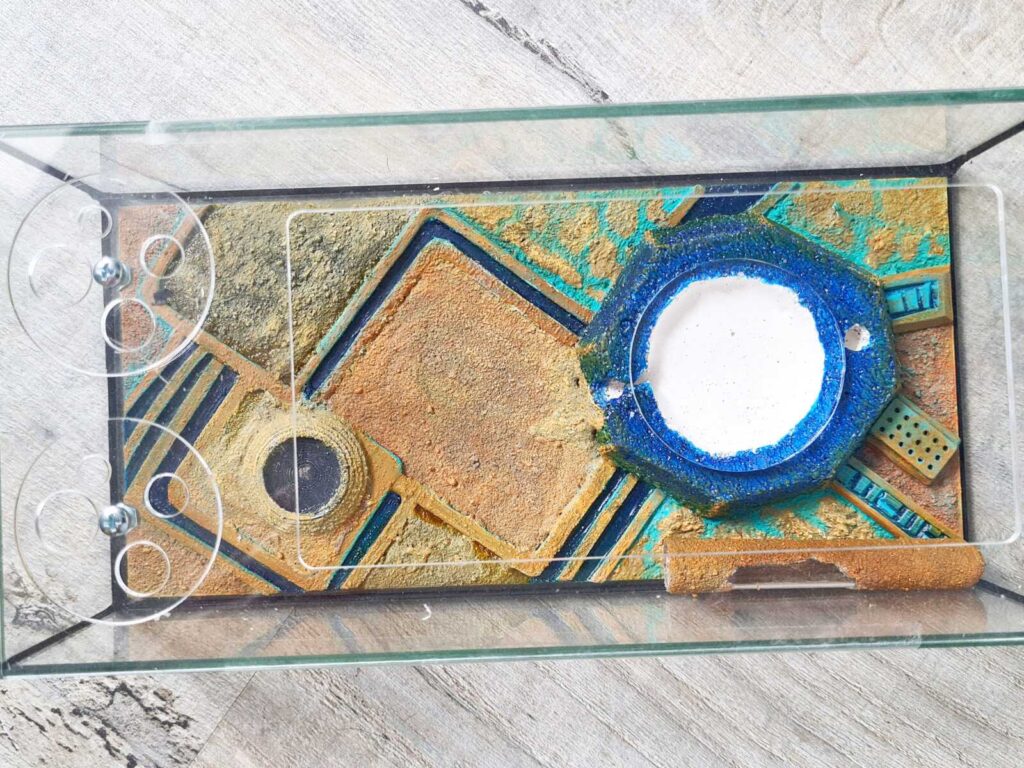
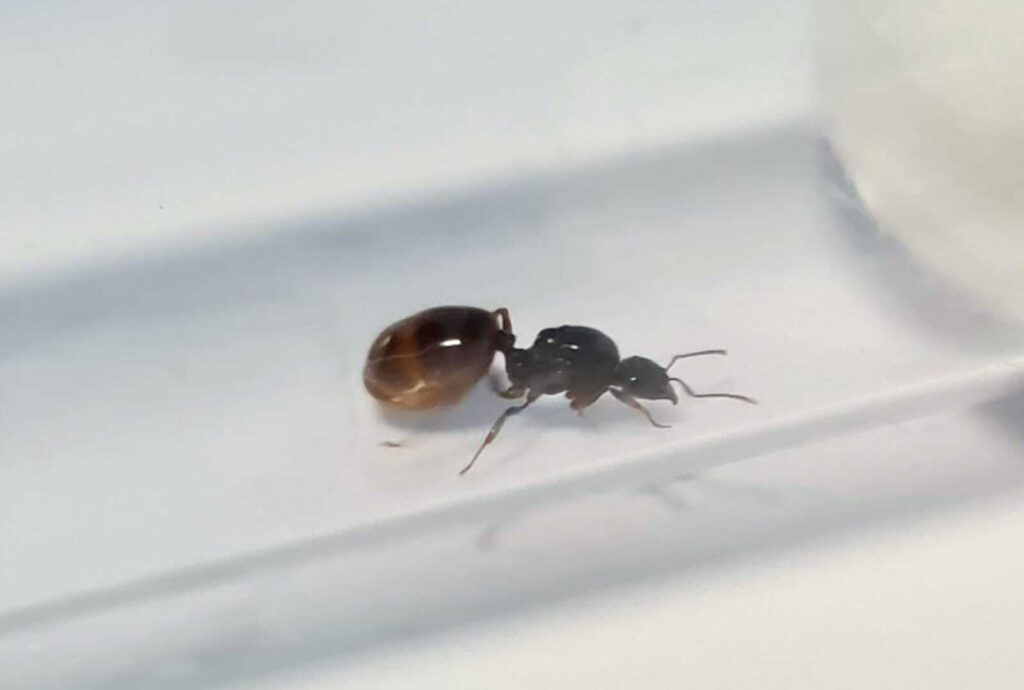
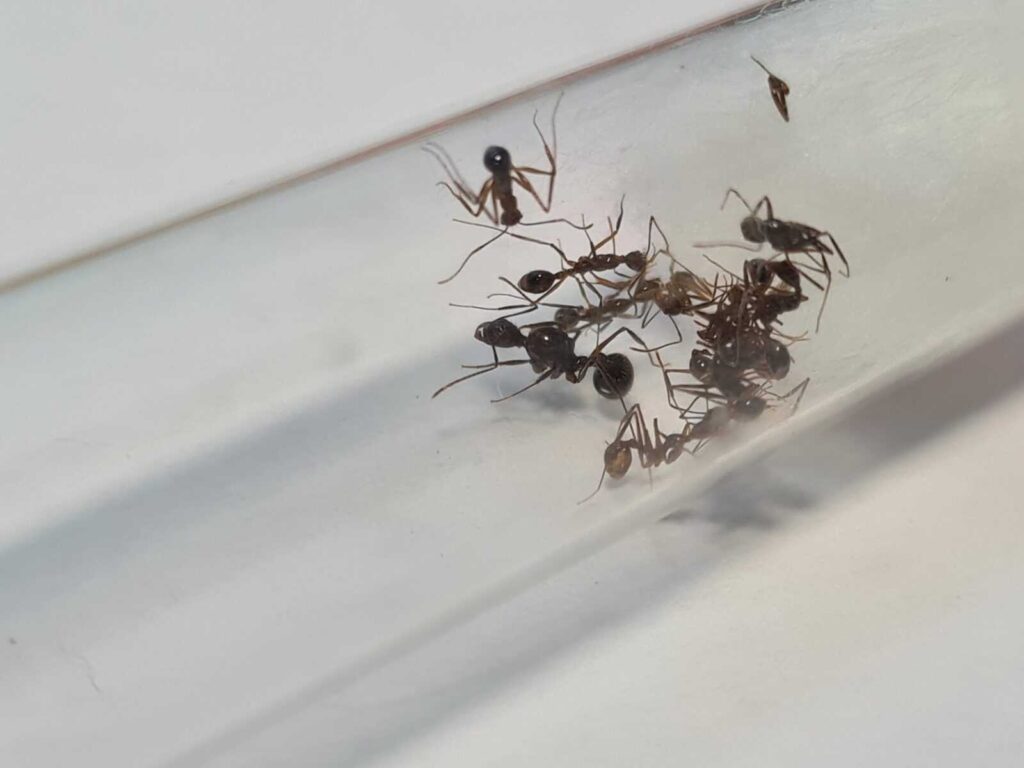
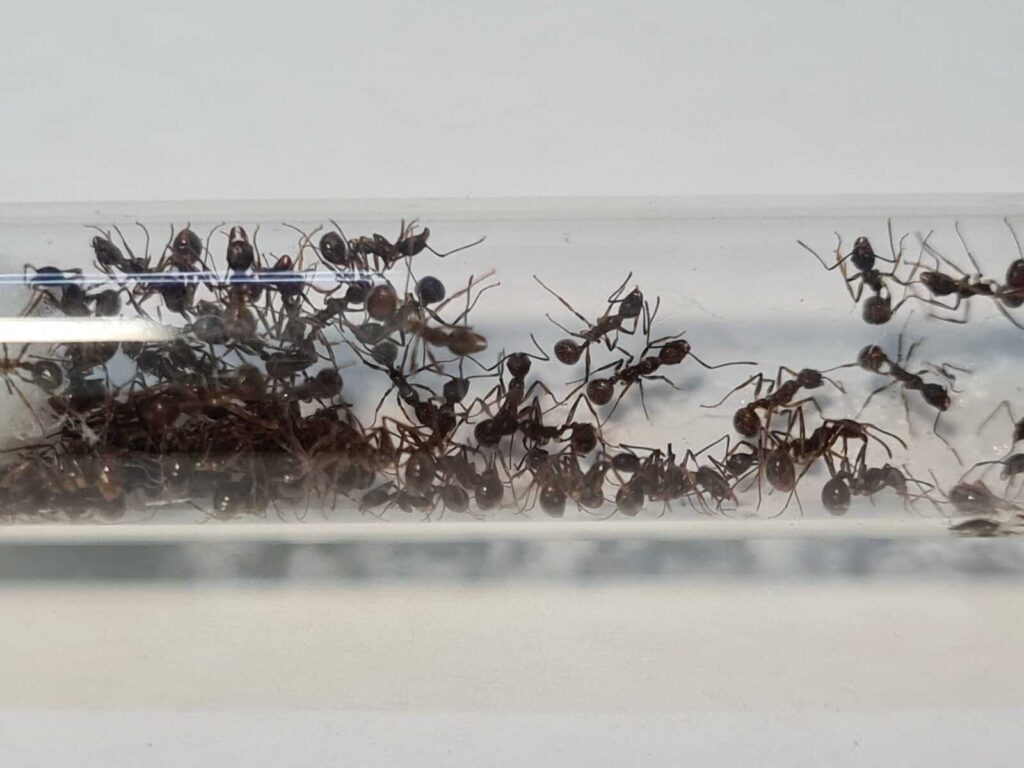
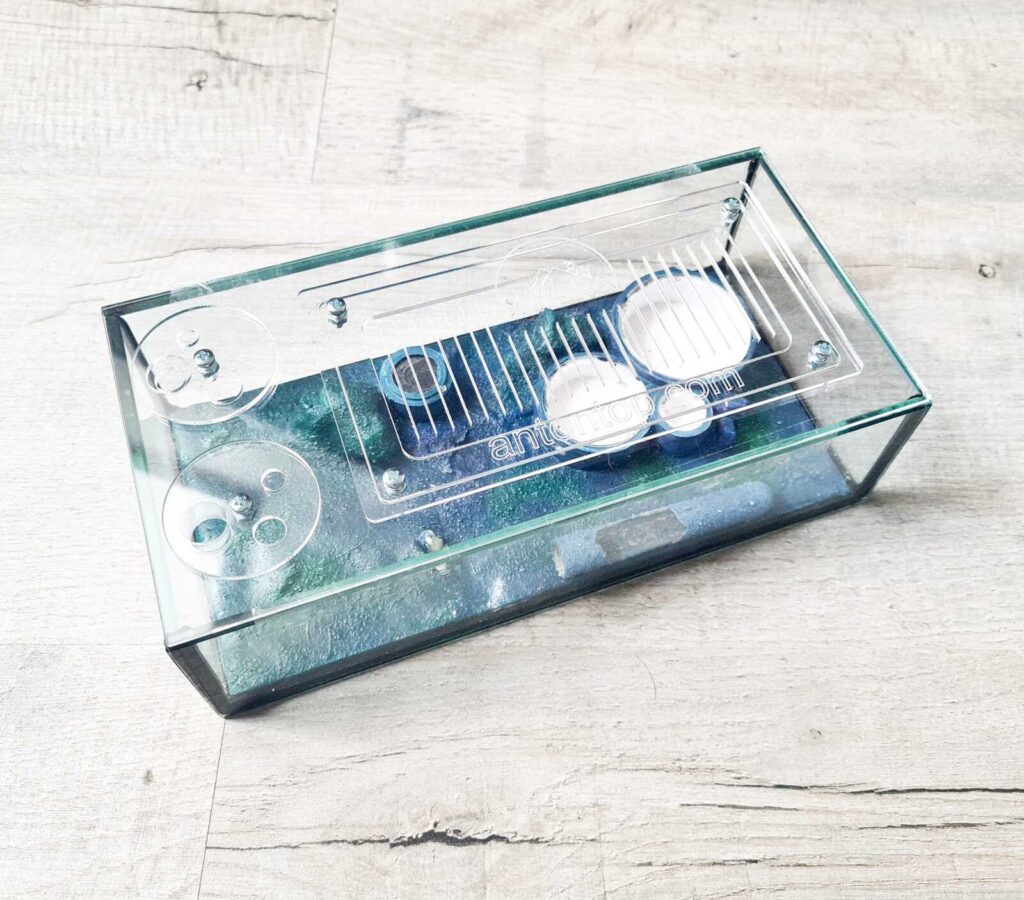
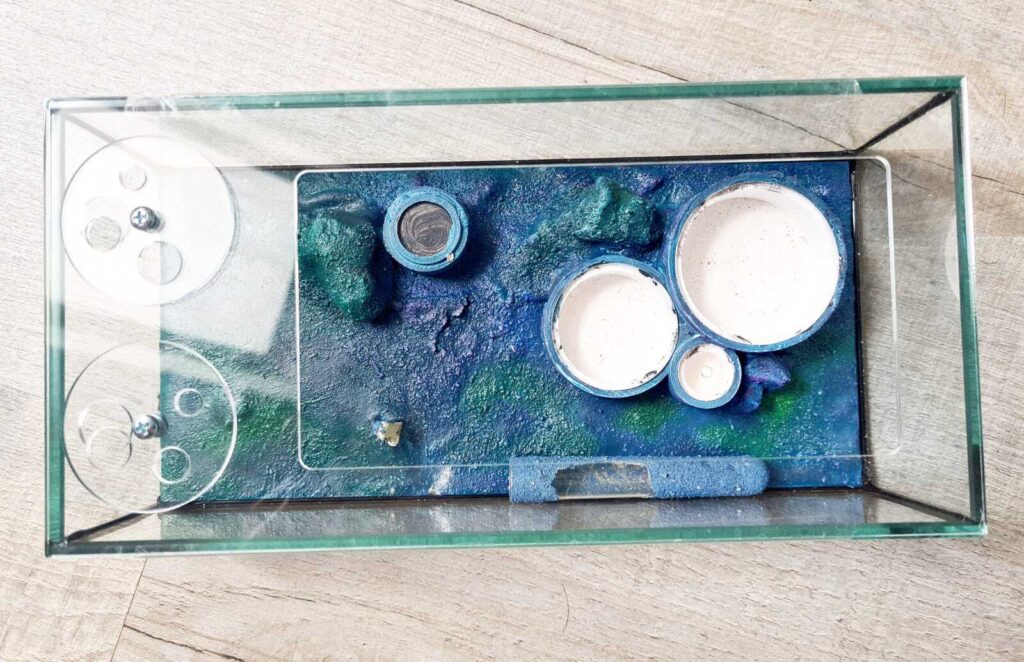
Reviews
Clear filtersThere are no reviews yet.